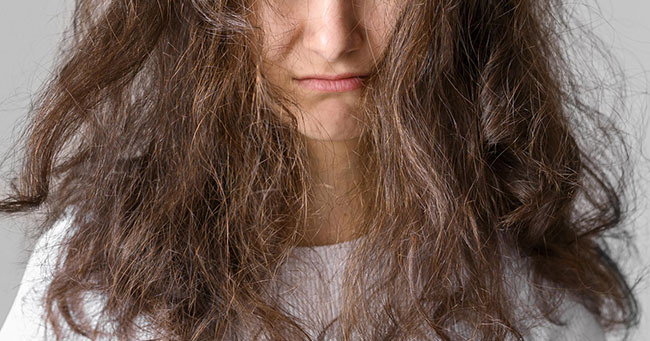
When hair straighteners started gaining in popularity in the early 80’s, they were not the sophisticated beauty products we know today. They were essentially hot metal plates encased in a plastic handle. They did not feature the variable temperature controls, locking mechanisms, ceramic coatings and heat-proof exterior we all expect from a modern hair straightener.
Because of this, the humble hair straighter got a bad rap in the early days and despite the research and technological advancements over the last 40 years, myths around their usage have continued to endure. Today, we separate fact from fiction and lay to rest some of these most common misconceptions once and for all.
MYTH 1
Regular hair straightening will ruin your hair.
This is probably the most prolific myth of them all. A well-intentioned piece of advice offered to anyone who straightens their hair semi-regularly.
While it’s true that regular heat styling can put stress on hair, armed with the right knowledge, it’s easy to make sure your hair stays healthy and strong, no matter how often you decide to style it.
Regular hair straightening with the wrong technology will likely cause damage to your hair so if you take away anything from this, it’s that its’s super important you look for the right technology as step 1.
Buying the right product, developed by reputable brand that has years of experience and a proven track record in understanding how hair works is a good start. These products will have key technologies (that weren’t around in the 80’s) to help reduce potential damage during the straightening process.
Take for the instance our EH-HS99, this little bad boy features nanoe™ which utilises moisture in the air to form nano-sized water particles that get pushed into your hair throughout the straightening process, helping to hydrate your hair without you needing to do a thing.
Adding a heat protectant product is also a non-negotiable according to beauty and skincare scientist Dr Michelle Wong.
“The combination of a good quality heat protectant and hair straightener will effectively protect your hair shaft, reduce damage and breakage, and keep your locks looking smooth and shiny.[1]” – Dr Michelle Wong, Labmuffin.com
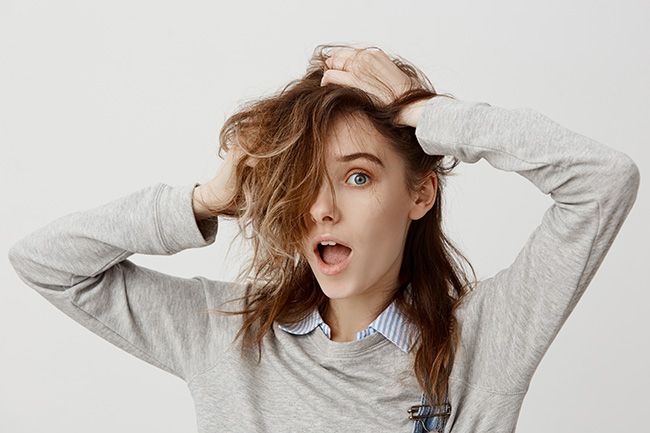
MYTH 2
Straightening your hair while wet is a safe shortcut.
If you’ve ever tried using your straightener on damp hair, you’re probably familiar with the tell-tale hiss and puff of steam that comes up from your locks. While this might be fine if you’re ironing, it’s not good for the health of your hair.
That burst of steam from damp hair can cause bubbles to form in the hair fibre, which can cause the hair shaft to crack and leave it looking dry and brittle.
Some hair straighteners may claim to be able to work on wet hair but this shortcut can cause damage in the long run. Your hair will thank you for the extra few minutes you spend to ensure it is completely dry before styling.
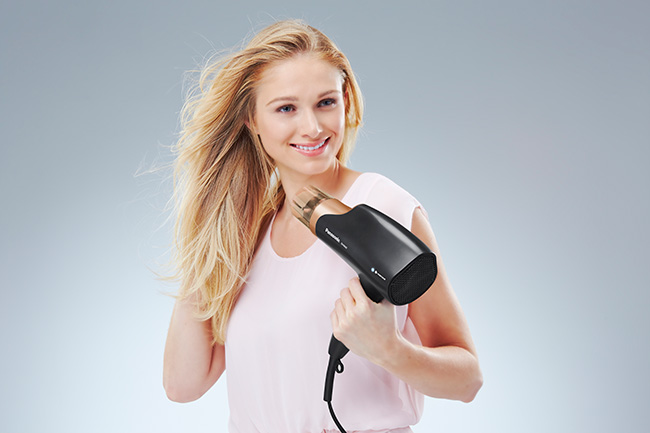
Our advice is to invest in a high quality hair dryer to complement your hair styling routine. The Panasonic EH-NA65 Damage Reducing Hair Dryer features a fast drying nozzle and ion technology to dry hair quickly while keeping it smooth, hydrated and ready to be styled.
MYTH 3
The higher the heat, the straighter the hair.
Another shortcut people might be tempted by is to crank the heat on your hair straightener for a faster, straighter result. But, as you may have guessed by now, adding more heat can also be a detrimental to your hair health.
Straighteners with adjustable heat settings are there to safely style different hair types. Finer, more delicate hair will often deliver the best result using lower temperatures, while thicker, more coarse hair can handle a higher temperature setting.
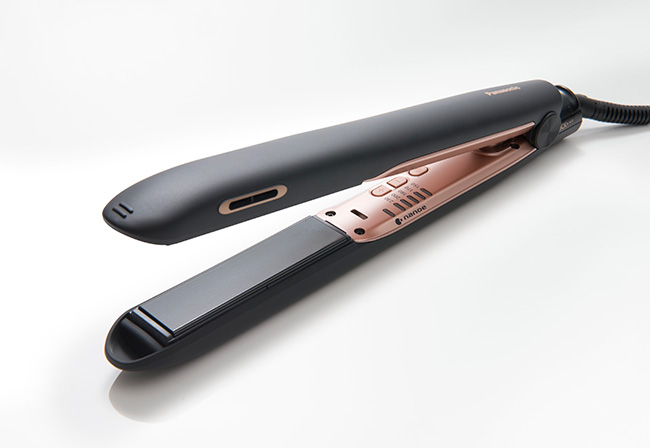
Dr Michelle Wong also talks about the importance of consistency of heat across the plate of your straightener.
“Often, lower quality straighteners that promise fast and high temperatures will have warmer and cooler spots across the plate, resulting in inconsistent results and parts of your hair being over or under heated.”[1]
MYTH 4
Straightening coloured hair will cause your colour to fade.
If you’ve got coloured hair, it’s vitally important to invest in a good quality heat protectant that has been specifically formulated for dyed hair. Chemical treatments which alter your shade can also alter the structure of your hair making it more vulnerable to potential damage.
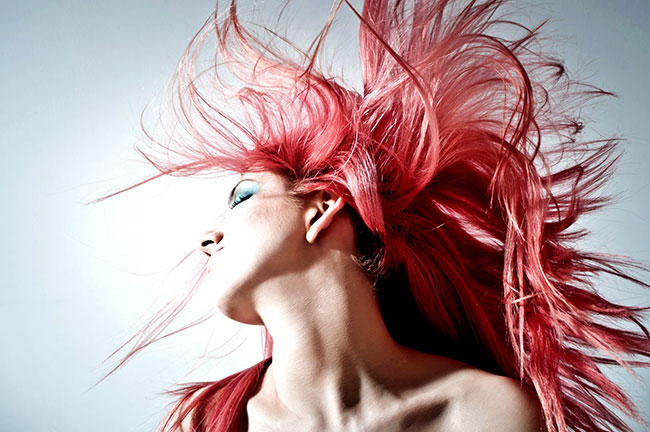
But this doesn’t mean that you can’t still use heat to style your locks. Instead, the responsible thing to do is to be cautious with how you apply heat. We suggest a more cautious approach and use a lower heat setting to maintain your colour integrity and shine.
MYTH 5
Straightening your hair will cause it to frizz more
Frizz is usually an indicator that your hair is lacking moisture, and can be the result of a variety of different factors, not necessarily caused by damage from a hair straightener. When styling your hair with heat, keeping it hydrated is the most important thing to consider. Invest in a good shampoo and conditioner and don’t underestimate the value of a quality heat protectant.
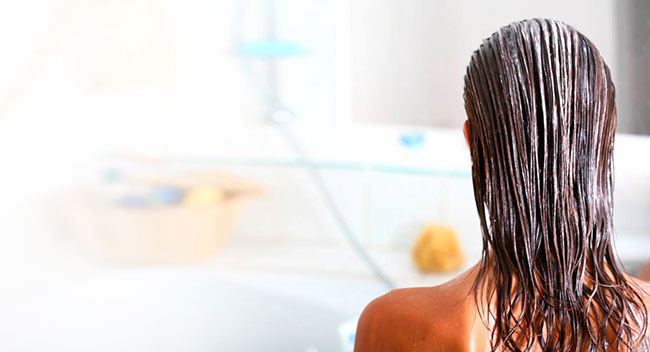
As a safeguard, pampering your hair with a nourishing mask or treatment periodically is also a great idea. Naturally, your general health will also make a difference to the overall health of your hair, so make sure stay hydrated and maintain a healthy lifestyle to nurture your locks from the inside out!
VIEW OUR HAIR CARE RANGE[1] https://blogs.panasonic.com.au/consumer/lab-muffin-hair-straightener/
